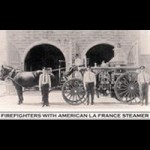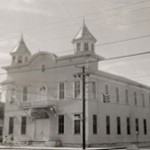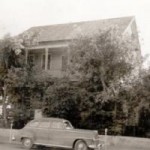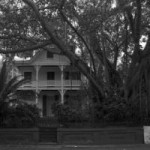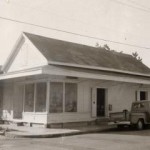Historic District
Fire Station No. 3
Believed to be the oldest active fire station in the State of Florida until 1998. Started with 3 paid employees and 40 volunteers it featured horse drawn steam engines and hose carriages. The station switched to motorized fire engines in 1914. The horse stalls were removed and a concrete hose trough was added behind the building in the 1940’s.
Key West Armory
The Armory was in such an advanced state of deterioration by 1969 that the State granted the City permission for it’s demolition. Joseph Allen and State Representative William Roberts fought to save the building and were instrumental in forming the Historic Preservation Board. Preservationists James Shields, Edward & Joan Knight, Larry Nettler, Mary Lee Graham and Norman Artman are also credited with preserving the structure.
The Patterson-Baldwin House
The single story structure on the back of the house was moved here by Alexander Patterson after the devastating hurricane of 1846. It is believed to be one of the oldest buildings in Key West. Mr. and Mrs. Pinkney lived in the cottage where his sister, Madame Passaloque began the island’s first private schoolhouse in 1847. John Baldwin purchased the property in 1860 enlarging the structure in 1867. The property remained in the Baldwin family for 102 years.
The Cosgrove House
Captain Phillip Cosgrove purchased this stately home for the price of $1,600 in 1871. This was a prime location with its proximity to the deep-water port and in what was then the center of the city. It’s believed that the Captain’s wife Myrtle planted the century old banyan tree, defined by its aerial prop roots, in the front yard for shade. The house remained in his family until 1947.
The Neighborhood Store
This corner building was built as a grocery store for the surrounding area. It was common to find a laundry, drug store, billiard hall, dry goods store, coffee shop, ice cream parlor and bakery in every neighborhood. The stores were informal gathering places where you could see a neighbor and catch up on the latest news and gossip. They played an integral part in the everyday lives of our ancestors.
